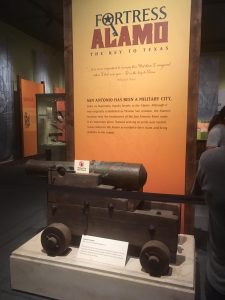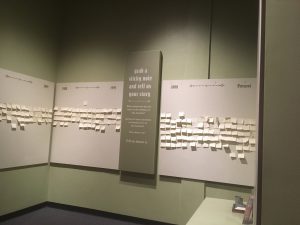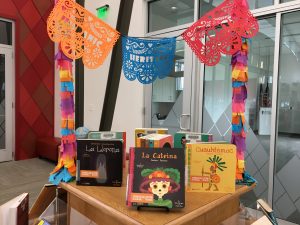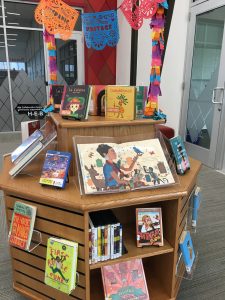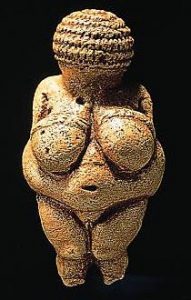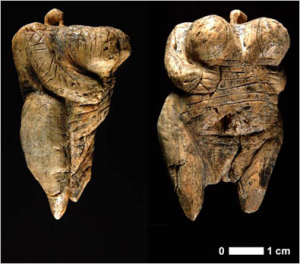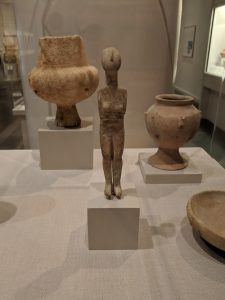Publicly Historians? Publicly Modern Historians!
Interestingly enough, I have not been a “blogger” for very long but I can tell you this much, as a new student in the Public History program at St. Mary’s University I have grown to be many different things including a blogger. The students in the program have become bloggers, twitter-storians, Slack-ers, and have even hit the nail on the head with the Planner application as planners, innovators and do-ers. History, by the perspective of many, is this old dusty subject that student have to take in grade school. There is an understanding that the topic continues in some people’s lives through writing, and publications of research. The public knows of historians that work in libraries and museums pulling things of historical value out of an old vault or collection.
Transfiguration in History Nation (caution: bloggers in the making)
My colleagues, the fellow students, the professors and the undergraduate students around the Department of Public History at St. Mary’s have begun transfiguration to a new type of historian. The world is changing and we are changing with it. Looking at some of the applications that I shared up above here, I would think the main pivotal platforms are this blog (Publicly Historians), Twitter, and Slack. These three applications have helped re-innovate the way we think and work together in teams and as classmates. The applications started as a requirement to learn a new method of communication and dissemination of information but have since turned into a more preferred method of communicating and sharing than I originally imagined. Blogging however seems to be that one that has given me a new perspective on the capacity of a historian that is different than the traditional historians we have met in the past. Looking through our blog site has been interesting for me as I was considering this topic to. There are blogs that talk about the “mummy brown” paint color to the “Esperanza Peace and Justice Center” and even a blog on a historical project going on in the Westside San Antonio region. The students have jumped past just thinking about the topics themselves in relation to the course but they have also delved into some topics that are just interesting altogether and tried to incorporate the public history aspect of our field into their accounts. becoming a blogger in this day is important though. I have seen and heard of information being researched and written about and then nobody sees it or reads it. I’ve typed out a well thought out blog and attached some great photos and within a few minutes of posting might have a comment or a retweet and the feeling is great. The information that I spent time to gather information and share it shared within moments and at that time I know my research did some immediate good.
Not Just Procrastinators but “Slack-ers”
Now, you might be wondering what Slack is and believe me, I was wondering too. Slack is a platform used by different organizations as a collaborative online workspace. The neat thing about slack is that it works across most platforms including iOS (i-Phone), Android, Mac, Windows and Linux. It is user friendly and is pretty vibrant in color. The platform is pretty simple to use at first and only gets easier after you’ve had your first few conversations. Why is any of this important to the modern-day historian? Well, we are able to not just have a group message type conversation, we are able to schedule events, participate in polls, have side conversations with each other and create our own workflows with the application. We can share resources and blog ideas as well as just pertinent information in relation to the program with each other. We even have fun with it sometimes and share memes and other funny side notes.
P-interesting Huh?
So by now you may have though, “well Geremy, I am not a historian, so why does this matter to me?” It turns out that everyone isn’t a historian (big surprise there) but everyone is effected by these new methods. It could be in 10 years or it could be tomorrow that someone somewhere needs to know something about a topic that we are blogging, tweeting, slack-ing about and we now have these conversations and research topics posted somewhere that can be searched and can be used for future research. It is something worth caring about. The work we are doing is going to change the way historians conduct research in the future. The historian of the future will no longer Face-books all day long but could be searching one of our four-squares of informational platforms.


